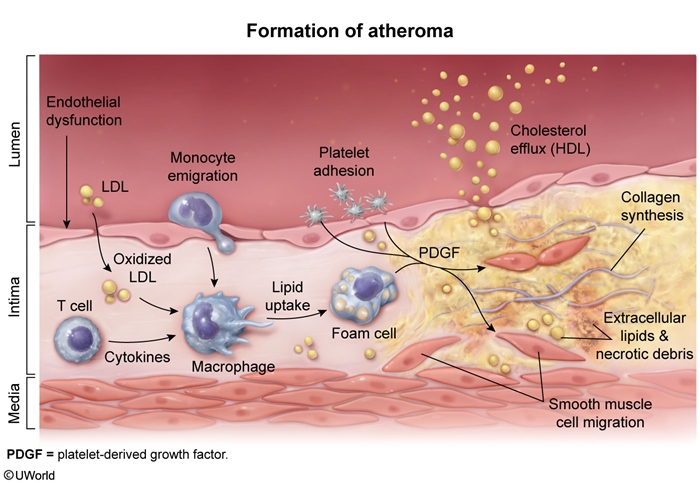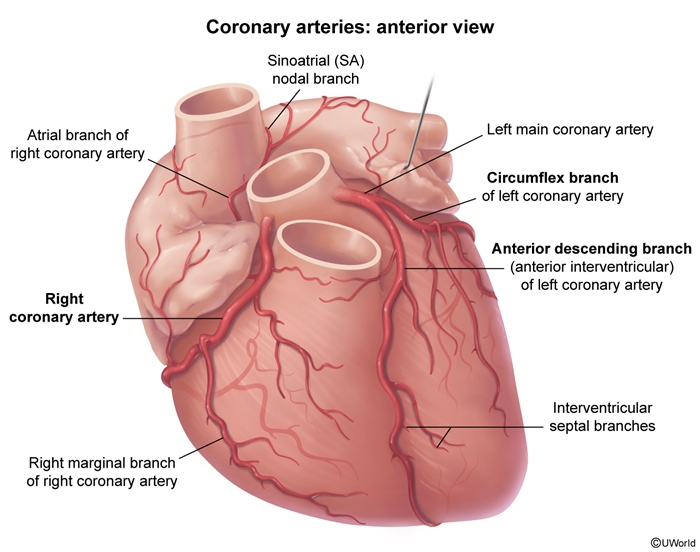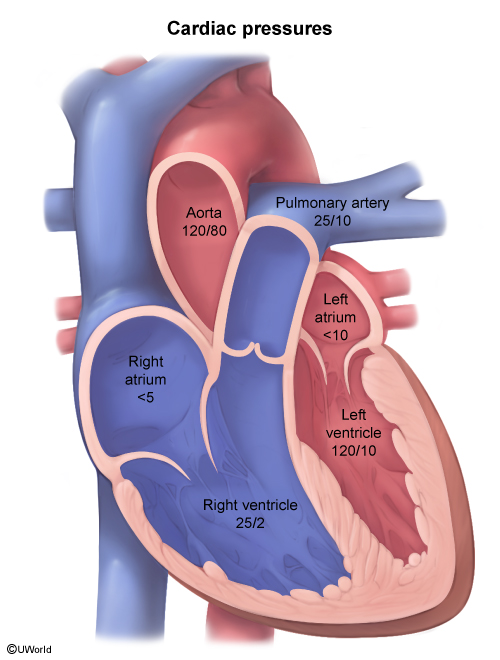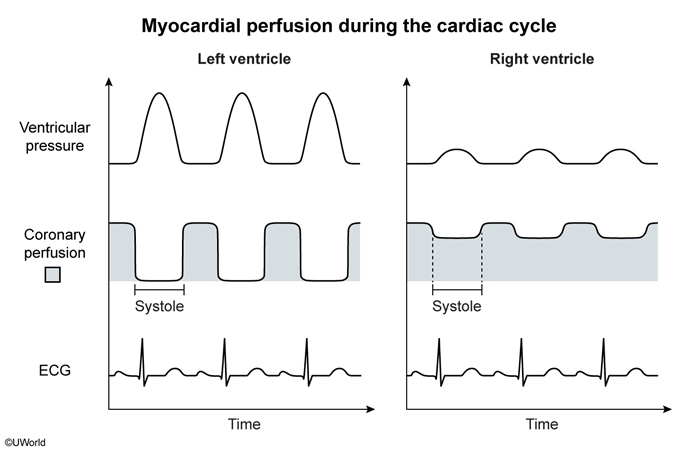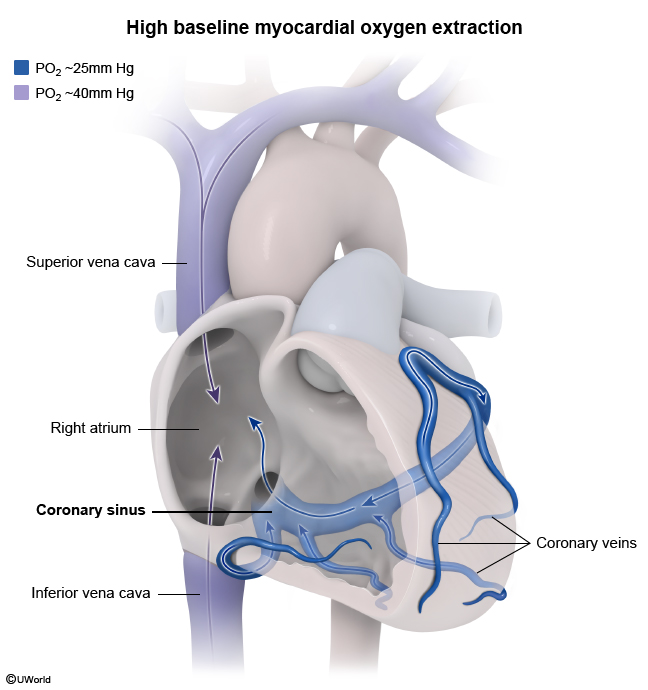Chronic Stable Angina
Article Sections
Introduction
Chronic stable angina refers to recurrent chest pain or other symptoms (eg, dyspnea) that result from restricted blood and oxygen delivery to the myocardium. It most commonly occurs in the setting of obstructive coronary artery disease (CAD), reflecting myocardial oxygen supply-demand mismatch during periods of increased myocardial oxygen demand (eg, exercise).
Pathophysiology
Atherosclerosis is a gradual process that involves lipid deposition and chronic inflammation in the arterial walls, most prominently the aorta and its medium-to-large-sized branches. The process often begins in the second decade of life and is accelerated by factors encouraging endothelial injury (eg, smoking, hypertension, hyperglycemia, hyperlipidemia). Atherosclerotic plaque (atheroma) development involves a multistep process (Figure 1):
- Endothelial injury and/or dysfunction leads to increased vascular permeability and enhanced leukocyte adhesion to the endothelium.
Continue Learning with UWorld
Get the full Chronic Stable Angina article plus rich visuals, real-world cases, and in-depth insights from medical experts, all available through the UWorld Medical Library.
Figures
